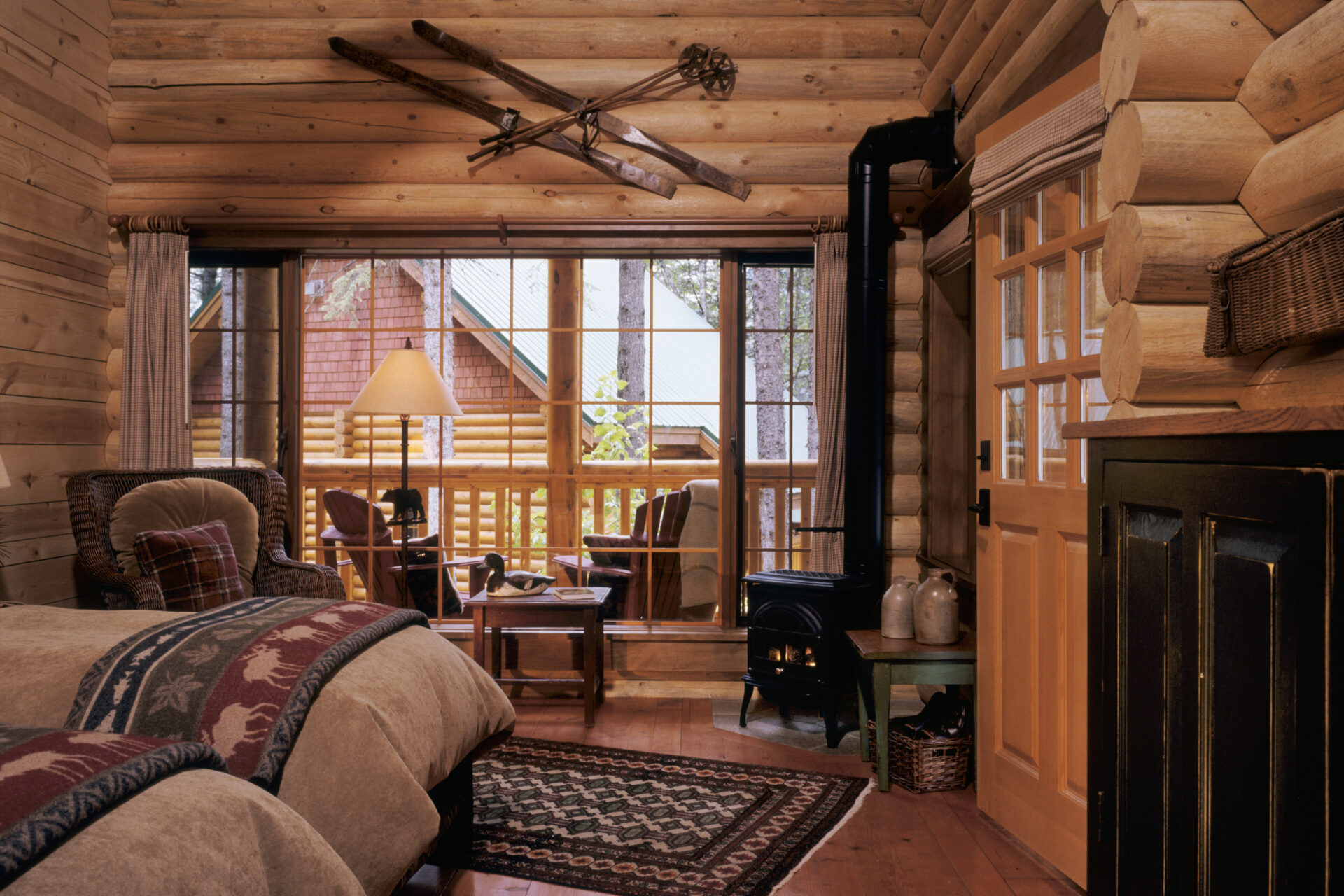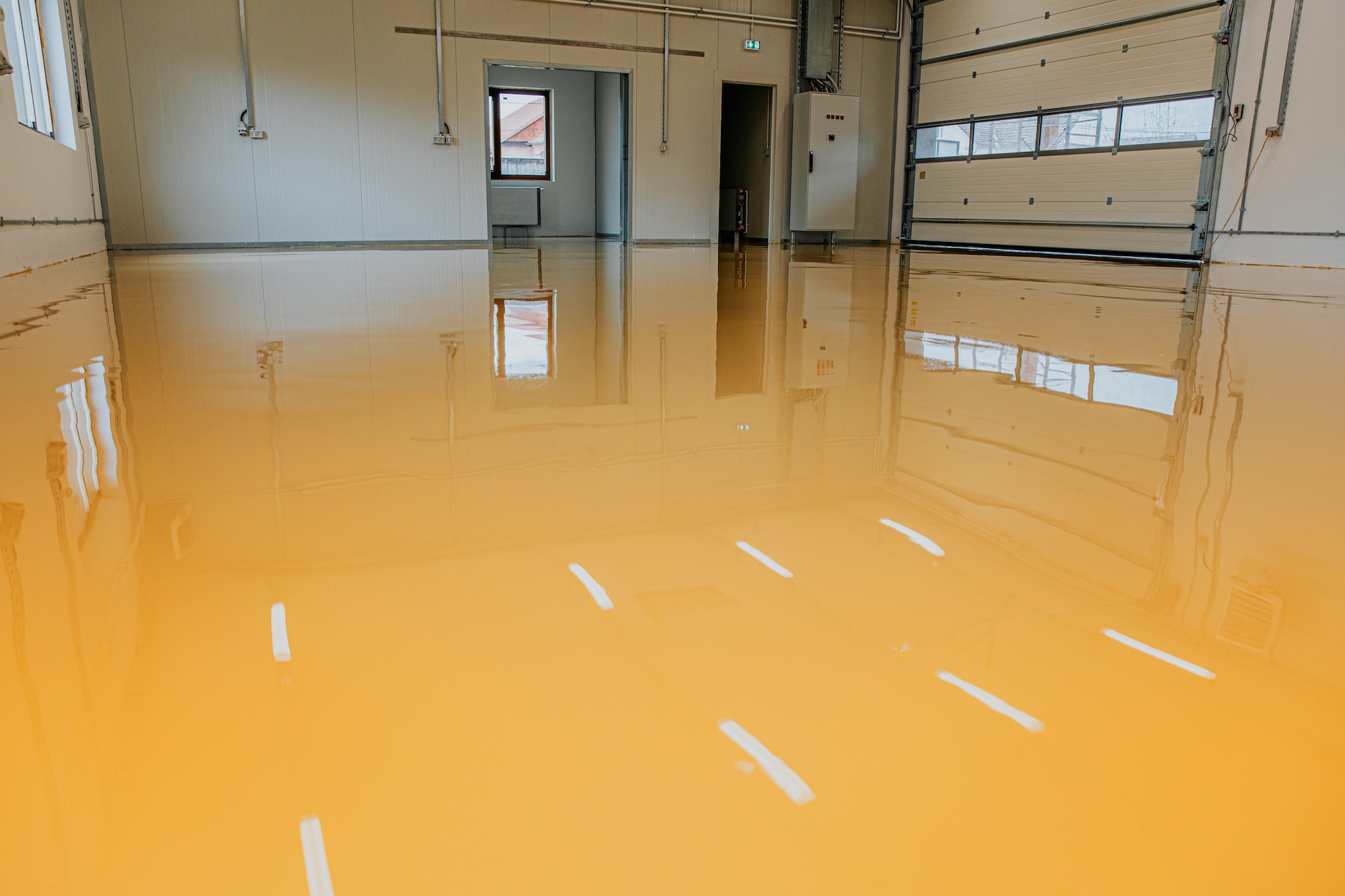Choosing a place to call home is a significant decision, and for some Canadians, it often boils down to two primary options: the cozy, rustic allure of a log cabin or the familiarity of a traditional home.
Understandably, each comes with its own set of pros and cons, and even more so when it comes to living in the diverse and challenging Canadian landscape. In this article, we’ll explore the advantages and disadvantages of log cabins versus traditional homes for Canadian living, helping you make an informed choice that suits your lifestyle and needs.
Pros of Log Cabin Living
Rustic Charm and Aesthetic Appeal
Log cabins exude a timeless charm that many find irresistible. Their rustic appearance, with natural wood logs and cozy interiors, offers a unique and inviting atmosphere that resonates with the Canadian wilderness. The warm, earthy tones of log walls create a cozy ambiance that is perfect for escaping the cold Canadian winters.
Energy Efficiency
Logs have excellent insulation properties, making portable log cabins naturally energy-efficient. They can maintain a comfortable temperature year-round, which is particularly beneficial in Canada’s harsh climate. This not only reduces heating costs but also contributes to a smaller carbon footprint, aligning with Canada’s commitment to environmental sustainability.
Sustainability
Log cabins often utilize locally sourced timber, promoting sustainability and reducing environmental impact. Many Canadians appreciate the eco-friendliness of log homes, knowing that their choice supports responsible forestry practices and minimizes transportation emissions associated with construction materials.
Connection to Nature
Living in a log cabin provides an intimate connection to nature, allowing its residents to enjoy the beauty of the Canadian wilderness right from their doorstep. Floor-to-ceiling windows, spacious decks, and outdoor living areas are common features that allow homeowners to immerse themselves in the stunning natural surroundings.
Customization
Modern log cabins offer a wide range of design options, allowing homeowners to customize their space to suit their preferences while maintaining the rustic charm. This flexibility means you can create a log cabin that seamlessly integrates modern amenities and conveniences, making it both charming and functional.
Cons of Log Cabin Living
Maintenance
Log cabins require regular maintenance to protect against weathering and insect infestations. Staining or sealing the logs every few years is essential to preserve their durability. While this maintenance is a labor of love for many, it’s important to budget time and resources in order to keep your cabin as low-maintenance as possible.
Cost
Building a log cabin can be more expensive upfront compared to a conventional home. The cost of high-quality logs and skilled craftsmanship adds to the initial investment. However, many log cabin enthusiasts argue that the long-term benefits, including increased property value and lower energy bills, justify the initial expenses.
Limited Accessibility
In remote or off-grid areas, log cabins might pose accessibility challenges, particularly during the winter months when roads can be difficult to navigate. Homeowners may need to invest in specialized vehicles, snow removal equipment, or alternative heating sources to ensure year-round accessibility and comfort.
Space and Layout
Log cabins often have a more open and cozy layout, which may not suit those who prefer a more spacious or contemporary living environment. Families with large households may find it challenging to accommodate everyone comfortably in a log cabin, and storage space can be limited, requiring creative solutions to maximize living space.
Pros of Traditional Home Living
Variety of Architectural Styles
Traditional homes come in a wide array of architectural styles, from colonial to modern, offering homeowners the freedom to choose the exact design that suits their taste. This diversity allows for greater customization to meet individual preferences.
Ease of Maintenance
Traditional homes generally require less maintenance than log cabins. They are often made of materials like brick, vinyl, or stucco, which are less susceptible to weathering. This means less time and money spent on upkeep.
Amenities and Technology Integration
Traditional homes can easily incorporate modern amenities and technology, making them ideal for those who prioritize convenience and connectivity. Smart home features, advanced heating and cooling systems, and spacious kitchens are common in modern traditional homes.
Accessibility
Traditional homes are typically more accessible year-round, which can be essential in areas with challenging weather conditions. Snow removal and maintenance are typically more straightforward, ensuring that residents can come and go without major disruptions.
Cons of Traditional Home Living
Energy Efficiency
Most traditional homes require more energy to maintain a comfortable temperature, leading to higher utility bills, especially during the cold Canadian winters. Investing in energy-efficient upgrades and insulation can help mitigate this issue but may require additional expenses.
Less Connection to Nature
Traditional homes may lack the immediate connection to nature that log cabins provide, which could be a drawback for those who value the outdoors. However, homeowners can compensate for this by creating landscaped gardens or outdoor living spaces.
Lack of Rustic Charm
Traditional homes often lack the rustic charm and character that log cabins offer. Some Canadians may find them less appealing in terms of aesthetics, missing the warmth and authenticity of log cabin living.
Environmental Impact
The materials used in traditional homes, such as concrete and steel, can have a higher environmental impact compared to locally sourced logs used in log cabins. However, sustainable building practices and materials are becoming more common in traditional home construction.
Conclusion
Choosing between a portable log cabin and a traditional home for Canadian living ultimately comes down to your personal preferences, budget, and lifestyle. Log cabins offer a unique rustic charm, energy efficiency, and a strong connection to nature, but they do require regular maintenance. Traditional homes provide a wide variety of architectural styles, ease of maintenance, and modern amenities but may lack the natural appeal and sustainability of log cabins.
Consider your priorities and what you value most in your Canadian living experience. Whether you choose the warmth of a log cabin or the convenience of a traditional home, both options can provide a comfortable and fulfilling lifestyle in the beautiful and diverse Canadian landscape.
Discover more from Futurist Architecture
Subscribe to get the latest posts sent to your email.




